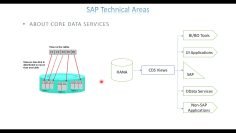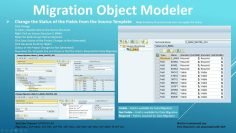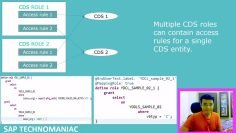This video tutorial provides a detailed explanation on how to create and call a function module in SAP. It discusses the importance of function modules, how to use standard function modules provided by SAP, and how to create custom function modules. The tutorial also covers the use of transaction code SC37 to execute function modules, and the importance of defining variables with the same data type as defined in the function module.
Key topics covered in the video session:
- Introduction to Function Modules: Function modules are important in SAP as they allow for the reuse of code across different programs. They can be standard (provided by SAP) or custom (created by developers). An example of a standard function module is ‘Date_get_week’, which derives week information from a date.
- Using Transaction Code SC37: To execute a function module, you need to go to transaction code SC37. Here, you can provide the function module name and click on the execute button. The function module ‘Date_get_week’ is used as an example, where a date is provided as input and the corresponding week information is returned.
- Understanding Function Module Structure: A function module has multiple tabs including attributes, import, export, changing tables, exceptions, and source code. The import tab defines the input parameters for the function module, while the export tab defines the output parameters. The source code tab contains the logic to derive the output from the input.
- Using Function Modules in Programs: Function modules can be used in programs by defining local variables with the same data type as defined in the function module. The ‘Pattern’ button can be used to automatically populate the syntax for calling the function module in the program.
- Handling Exceptions: Exceptions are used to handle errors during the execution of function modules. It’s important to enable exceptions provided by the function module and handle them accordingly to prevent runtime errors or ‘dumps’.
- Working with Function Modules that Return Tables: Some function modules return output in table format. It’s important to understand the behavior of the function module by executing it and observing the output before using it in a program.
- Example of a Function Module in a Program: An example is shown where a program uses the ‘Date_get_week’ function module. The program defines a local variable with the same data type as defined in the function module, passes a date to the function module, and receives the week information. The program also handles exceptions to prevent runtime errors.







































